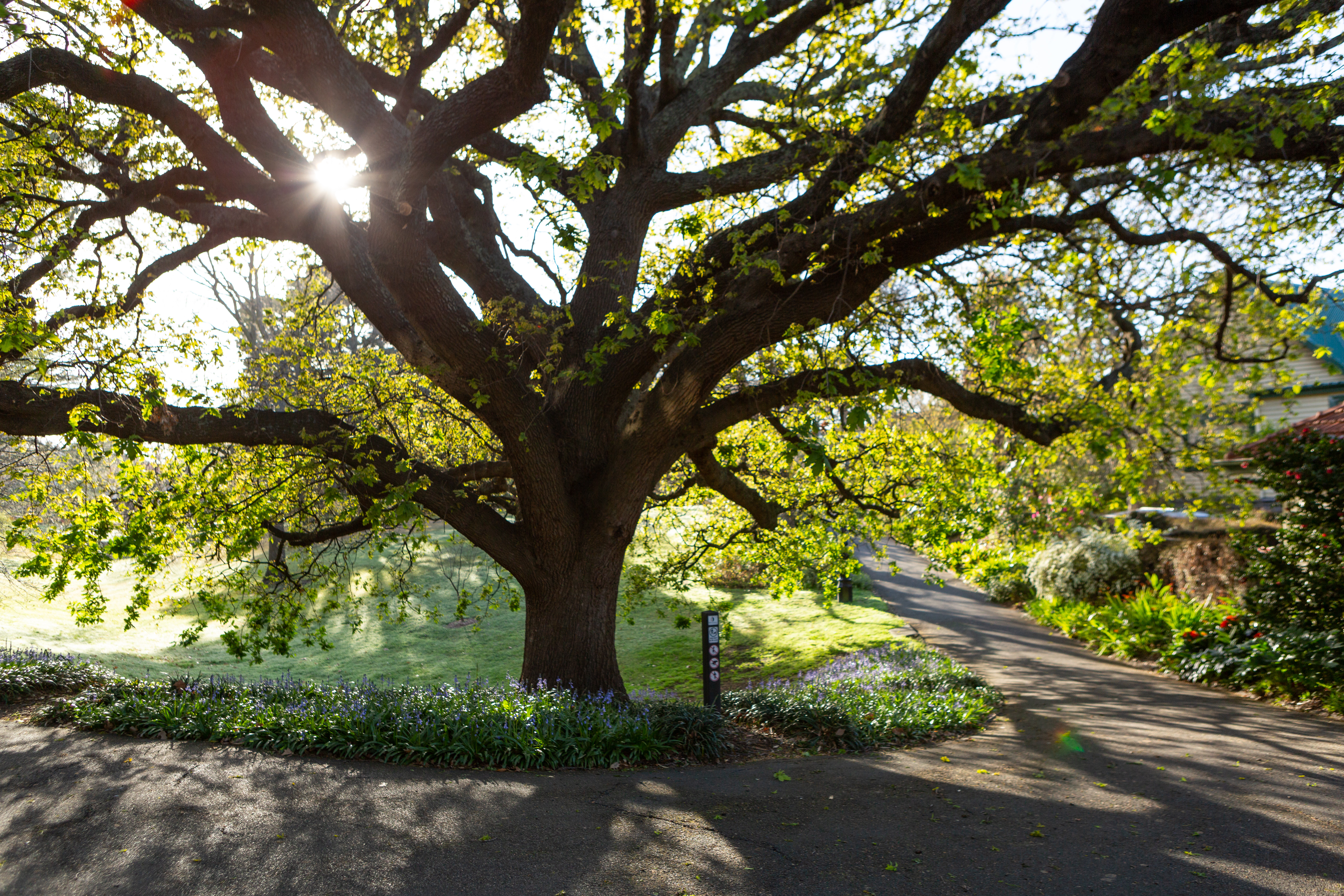Case study: Formalising our Climate Action Plan
In September 2021 we formalised our Climate Action Plan (CAP) to pave the way for how we will tackle climate change together with our community over the next 10 years. In September 2021, Council endorsed our Climate Action Plan and at the same time, declared a Climate Emergency.
Following extensive community consultation, the CAP was developed in recognition of the real and increasing threat climate change has on our environment, health and wellbeing and quality of life for current and future generations.
Our vision is that everyone who lives, works, and plays in Boroondara will come together to achieve the collective goals outlined in the CAP.

Actions we have delivered in the FY2021-22 include:
- holding a virtual launch event for the Climate Action Plan where we heard from some influential people working towards shaping a more sustainable future
- updating our Procurement Policy to place a greater emphasis on sustainability
- providing a program of advice and support for Environmentally Sustainable Development (ESD) in private development
- helping residents and businesses access affordable, quality solar PV (photovoltaic) systems as part of a program developed by local government
- supporting our community to make their homes more sustainable and comfortable by providing quality home energy assessments
- delivering a sustainability leadership course, empowering community members to take environmental leadership action at a local level
- implementing revisions to other Council policies.
We will continue to deliver actions and periodically track progress against our climate action targets.
Theme 3 performance
Below is a breakdown of the strategic indicators, progress of initiatives and other service performance indicators for this theme. You can find out more detail about these indicators and previous year’s results in the full report.
You can also read through our continuous improvement initiatives, community engagement, and benchmarking activities for this theme in the full report.
Strategic indicators
In many cases, our strategic indicators saw either consistent or improved results in FY2021-22. The strategic indicators that met or exceeded forecast include the following.
Kerbside collection waste diverted from landfill (percentage of garbage, recyclables and green organics collected from kerbside bins that is diverted from landfill):
72%
Percentage reduction of Council CO2 emissions compared with 2007-08 emissions:
81%
Area of land actively managed for biodiversity:
62 ha
Satisfaction with environmental sustainability:
65 (out of 100)
Satisfaction with waste management:
73 (out of 100)
One indicator did not meet our forecast this year, this was the volume of harvested water (rain and stormwater) re-used within council buildings and open space irrigation (5.6 ml). This reduced due to rainfall during the irrigation season being higher than recent periods, and the breakdown of some key facilities which are scheduled for reinstatement during 2022-23.
For the percentage reduction of community emissions compared with 2020 emissions we had a 10% forecast; however we were not able to gather this year’s data as there was a one-year lag in the data. This will be reported on next financial year.
Progress of initiatives in the Budget
All initiatives for this theme aside from one were completed in the FY2021-22. This includes:
- implementing the Biodiversity Asset Management Plan (BAMP) 2013-23
- implementing initiatives including the Backyard Biodiversity project, Wildlife not Weeds program, and rollout of interpretive signage
- using a minimum of 20% of recycled materials in our asphalt products to resurface roads
- reviewing our street sweeping service to provide a more flexible approach to street cleaning
- completing the implementation of the Food Organics and Garden Organics (FOGO) service to Multi Unit developments.
The remaining initiative was to implement the FY2021-22 actions in our new Climate Action Plan to deliver a range of initiatives. This initiative is 85% complete, with the LED (Light-emitting diode) Lighting and Solar PV (photovoltaic) installations having proceeded during FY2021-22. Design work is underway for EV (electric vehicle) charging infrastructure and degasification. These projects will be completed in FY2022-23.
Other service performance indicators
The following other service performance indicators and measures are based on the FY2021-22, unless stated otherwise. You can find out more detail including how these indicator results were calculated in the full report.
Kerbside bin collection requests
FY2021-22: 175 requests per 1,000 kerbside bin collection households
FY2020-21: 285 requests per 1,000 kerbside bin collection households
Kerbside collection bins missed
FY2021-22: 5 missed bins per 10,000 scheduled kerbside collection bin lifts
FY2020-21: 9 missed bins per per 10,000 scheduled kerbside collection bin lifts
Cost of kerbside garbage bin collection service
FY2021-22: $114 per kerbside garbage collection bin
FY2020-21: $115 per kerbside garbage collection bin
Cost of kerbside recyclables bin collection service
FY2021-22: $86 per kerbside recyclables collection bin
FY2020-21: $83 per kerbside recyclables collection bin
Kerbside collection waste diverted from landfill
FY2021-22: 72%
FY2020-21: 69%